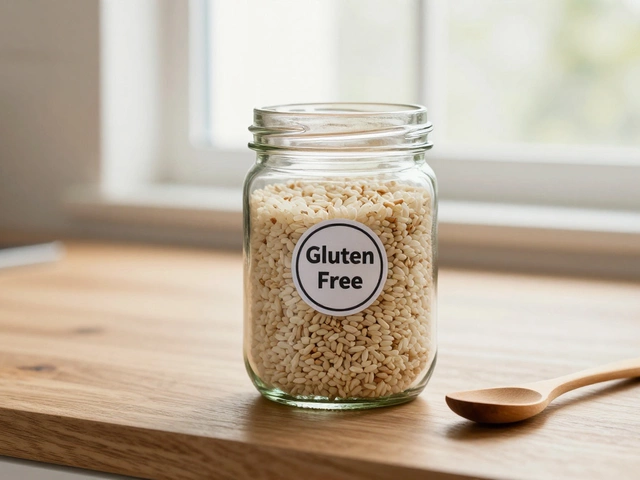Unhealthiest Dessert: What Makes a Sweet Really Bad?
If you love sweets, you’ve probably heard that some desserts are worse than others. But what actually makes a dessert the "unhealthiest"? In most cases it’s a combo of sugar, refined flour, saturated fat and hidden calories. Think deep‑fried dough, candy‑loaded cakes, or those glossy store‑bought pastries that melt in your mouth – they’re also packing a big health punch.
When you eat a dessert high in added sugar, your blood sugar spikes fast. Your pancreas has to work overtime to bring it back down, and over time that stress can lead to insulin resistance. Add a lot of saturated fat, and you’re also raising bad cholesterol levels. The result? More weight, higher risk of heart disease, and even mood swings because of fluctuating blood sugar.
Top Culprits: The Desserts You Should Watch
Here are a few sweet treats that usually top the list of unhealthiest desserts:
- Deep‑fried pastries – like jalebi, funnel cakes, or churros. The frying oil adds loads of calories and trans fats.
- Cheesecakes with heavy cream cheese – they’re dense and loaded with saturated fat.
- Loaded brownie or chocolate cake bars – extra chocolate, frosting, and sugary syrups make them calorie bombs.
- Store‑bought donuts – they have refined flour, sugar glaze, and often extra butter.
- Ice cream loaded with candy or cookie pieces – the mix‑ins add extra sugar and processed carbs.
Even some traditional Indian sweets, like gulab jamun or rasgulla, can fall into this group because they’re soaked in sugary syrup and often fried first.
Healthier Swaps That Still Satisfy the Sweet Tooth
Giving up dessert isn’t realistic for most people, so swapping is the better move. Try these ideas:
- Swap deep‑fried sweets for baked versions. Baked samosas with a sweet potato filling can give you the crunch without the oil.
- Use natural sweeteners like honey or dates in recipes instead of refined sugar. A date‑sweetened banana loaf still tastes sweet but has fiber.
- Choose Greek yogurt with fresh fruit instead of ice cream. The protein helps keep you full longer.
- Make a fruit‑based “syrup” by simmering berries with a splash of water. Drizzle over a small piece of dark chocolate for a low‑sugar treat.
- Portion control matters. Even an 80‑gram piece of dessert is enough if you enjoy it mindfully.
Remember, the goal isn’t to ban all desserts, just to be aware of which ones bring the most hidden calories and sugars. When you pick a healthier option or keep portion sizes small, you can still enjoy a sweet ending without the nasty side effects.
Next time you’re craving something sweet, ask yourself: is this dessert fried, loaded with cream, or drenched in syrup? If the answer is yes, consider a swap or a smaller serving. Your body will thank you, and your taste buds won’t even notice the difference.

Unhealthiest Dessert Ever: Understanding What's in Your Sweet Treat
by Landon Weathers / 13 Feb 2025Dive into the world of indulgent sweets as we tackle what makes a dessert truly unhealthy. From sky-high sugar content to hidden fats, discover which treats top the charts as nutritional nightmares. Learn practical tips on moderating dessert consumption without giving up on flavor. Uncover surprising facts about some of your favorite indulgences and make informed choices for your next treat.




